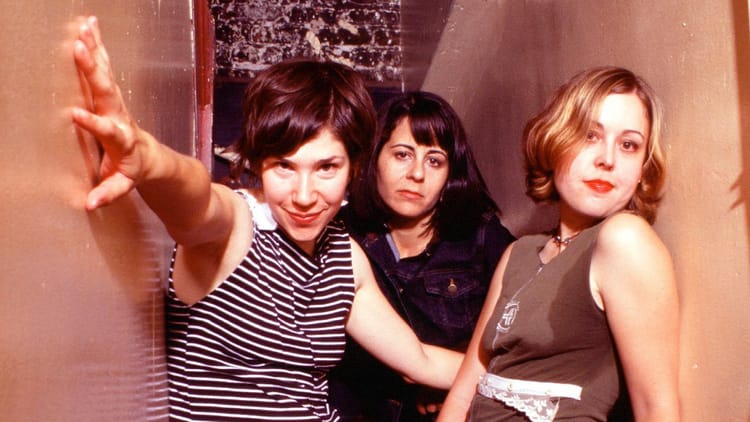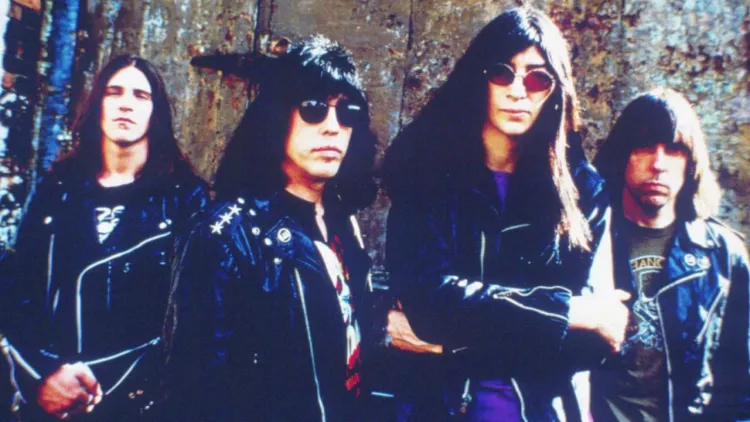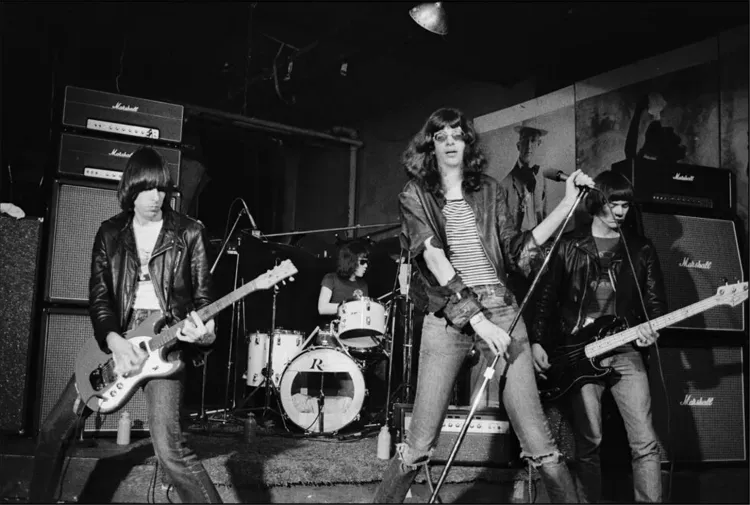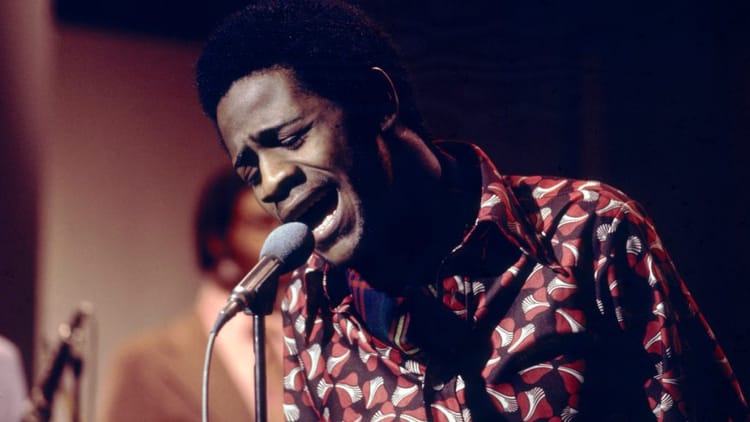The Cure, pt. 2: Anthony's Album Guide

GLIB XENNIAL CONTENT WARNING: If you are above the age of forty and resent critical commentary about treasured new wave cassettes from your adolescence, proceed with caution and humor. Remember, this author gave R.E.M.’s Green a 9. His handy dandy profoundly subjective numerical rating scheme is decoded here. Part 1 of this Cure career overview is here.
Disintegration (1989) 8
Mixed Up (1990) 4
Wish (1992) 8
Wild Mood Swings (1996) 4
Galore: The Singles 1987-1997 (1997) 6
Bloodflowers (2000) 6
Greatest Hits (2001) 6
Join The Dots: B-Sides & Rarities 1978-2001 (The Fiction Years) (2004) 6
The Cure (2004) 8
4:13 Dream (2008) 6
The Cure, a pouting post-punk trio from Crawley, England in 1978, had doubled in size by the world tour for 1987’s Kiss Me, Kiss Me, Kiss Me, keyboardist Roger O’Donnell added since original drummer-turned-keyboardist Lol Tolhurst could barely even stand after years of alcohol abuse. His bandmates met this collapse with enabling and mockery, as was the style at the time, finally firing him after the recording of 1989’s Disintegration. Bandleader Robert Smith was self-medicating as well, terrified of turning thirty, nervous about his impending marriage to lifelong sweetheart Mary Poole, and well aware this next album would either flop or go pop.
Tim Pope: a man who can do both. Specifically, filming a breathtakingly simple, beautiful clip like "Fascination Street"...
Even with the interband chaos and Smith’s professed desire to return to the oppressive gloom of their 1982 goth touchstone Pornography, Disintegration did indeed go pop. This was largely due to “Lovesong,” a tribute to Poole that benefits considerably from no one telling the rhythm section the track was a ballad (see “Sweet Child O’ Mine”). Only Janet Jackson kept “Lovesong” from topping the American singles chart. Back home, the band’s first ever Top 5 hit was “Lullaby,” an ooky-spooky story about being eaten by a spider. Despite singles like those, the shimmering, wistful “Pictures Of You,” and a tribute to clubbing(!) named “Fascination Street”(!!). the album is indeed a step towards the dour compared to Kiss Me, Kiss Me, Kiss Me. But - as far as the deep cuts go - only on the title song, where Smith has an all-time anxiety attack about failing as a husband, the ambiguous ender “Untitled,” and maybe “Prayers For Rain,” do Boris Williams’ drums punch through Smith and O’Donnell’s arena-sized, but all too mundane, synth-scaping. The original LP release trimmed off two slices of fat, but the promise of those “bonus tracks” made Disintegration even more crucially a cassette or CD purchase for young fans than it would have been.
I already knew my babysitter’s copy of Staring At The Sea quite well, but the first Cure CD I personally owned was Mixed Up, a 1990 compilation of “extended” mixes and dance-oriented rethinks. I thought it was fine enough at the time, but today it’s almost unlistenable: familiar hits stripped and stretched out with only the most tepid intimations of techno as novelty. For a guy so good at pop froth, Smith never got the memo that remixes allow you to add more. Ironically, “Never Enough,” a new single tacked on to the compilation, revels in the nonverbal yelps, propulsive drumming and guitar noise missing from the hour preceding it.
...and transforming The Cure into prop comedians for "Friday I'm In Love."
They couldn’t have known what was coming, but when O’Donnell decided to go solo and Smith replaced him with guitar tech Perry Bamonte, The Cure found themselves in a fine sonic state for the post-Nirvana ‘90s. Rather than delving deeper into acid house, Wish offered alterna-youth layers upon layers of jangle and distorted riffola. Williams, Bamonte, bassist Simon Gallup and guitarist Pearl Thompson sound delighted to rock out, even when Smith is sniffling his heart out on “From The Edge Of The Deep Green Sea” or wanting it all to just STOP STOP STOP on howling noise-fests like “Cut” and “End.” Just as those songs sat surprisingly well next to Pearl Jam, gorgeous, glowing candygrams like “High” and “Friday I’m In Love” arpeggioed more than enthusiastically enough for Out Of Time fans awaiting Automatic For The People. Wish topped the charts in the UK & Australia (Def Leppard ironically keeping them at bay in the US), and the band’s victory lap included two live albums in 1993. Leppard’s commercial inertia aside, no established band of Brits was dealing with the new ‘90s paradigm better, at least until that Duran Duran comeback.
Shockingly, the Cure soon lost their mojo almost entirely. Thompson and Williams left to spend more time with family, the lead guitarist replaced by prodigal synth-snore Roger O’Donnell. The band’s best drummer ever - modern rock radio’s best drummer - was replaced by Jason Cooper, who Smith must find thoroughly agreeable and compliant, as he’s still in the band, decades later, without once rewarding close attention (by comparison, Williams’ work was able to rescue a song as embarrassing as Wish’s harlot-bashing “Wendy Time”). Further desiring dramatic change, Smith decided not to bring back David M. Allen, who’d co-produced every full-length since The Top.
The Cure in 1996, a few years early for the Latin pop explosion.
Wild Mood Swings, the result of these changes, arrived four years after Wish, and might have been a fresh start if the new blood actually provided new blood, rather than mere competence. First single “The 13th” was a promising, surprising salsa number with a terrific Sophie Muller video (her gift with close-ups briefly distracting from the loss of veteran hijink-capturer Tim Pope). But the hypothetically jubilant follow-up “Mint Car” finds the band going through the effervescent motions, everything else on Swings vaguely disappointing if not downright depressing in its thin, digital simulacrum of past victories. “Want” and “Return” could have worked as Kiss Me B-Sides, but the chintzy, downright Debbie Gibson bounce of “Strange Attraction” should have been deleted rather than released as the third single. And don’t even ask about the fourth. “Wrong Number,” attached to Galore, 1997’s sequel to Standing On A Beach, is a little more lively with its era-appropriate take on gaudy “electronica,” but the compilation remains a bummer, pretending Wild Mood Swings deserves equal time with the platinum albums that preceded it.
Despite featuring the same line-up as Wild Mood Swings, Bloodflowers - coming after another four year gap - makes considerably less attempt at novelty, for better or worse. Announced as the climax of a trilogy with Disintegration and Pornography, the album floats along so languidly it makes Disintegration look like Pornography. Where terrifying imagery used to spill from his mouth, Smith now repetitively moans such takes like “the world is neither just nor unjust” and “the fire is almost out”. Thankfully, the guitars are far more prominent in the mix than the synth, making for a suitably sulky sensory experience, as long as you don’t pay too much attention.
Leave it to The Cure to speed up when paying sad tribute to a fallen friend.
Greatest Hits combines seven songs from Standing On A Beach with eight from Galore, and I refuse to believe any type of fan would be satisfied by that. But “Cut Here,” one of two new tracks included, was their most satisfying number in almost a decade, mourning Billy McKenzie of former labelmates The Associates over a drum pattern so brisk I thought Boris Williams might be back (Williams does play on Hits’ bonus disc of acoustic versions, though so does a plugged-in O’Donnell). “Cut Here” was a revelation for me when it came out, showing how desperately Smith needs dramatic drumming to offset his lugubriousness. When he doesn’t sound cranky from being kept awake, the guy just sounds sluggish.
While Hits featured one track from Swings & ignored Bloodflowers entirely, songs from 1996-2001 makes up the entire fourth disc of Join The Dots, an impressively deep bench of B-sides perfect for fans who’d rather have “This is A Lie (Ambient Mix)” on the shelf than do without anything Tolhurst or Williams played on. Disc 1 basically recreates the second half of the Standing On The Beach cassette, and Disc 2 and 3 are similarly juicy for die-hards, despite back-to-back mixes of Doors and Jimi Hendrix covers. I don’t find much of it crucial (aside from “The Exploding Boy,” which would have single-handedly bumped The Head On The Door from a 5 to a 7 in my personal estimation), but it’s impressively listenable for what seemed like a vault clearing exercise - at least until the double-disc reissues started rolling out later that year.
The Cure, neither nu nor metal, in 2004.
After a decade with one or two solid singles to show for it, it seemed more worthwhile to explore my roommate’s copies of those double-disc reissues than the band’s 2004 album, self-titled and co-produced by nu-metal majordomo Ross Robinson. Whether it was commercial capitulation or a sincere acknowledgement of the moody mooks who loved the band, aging ‘80s fans thoroughly sick of anything Woodstock III-adjacent weren’t enthusiastic about the choice. Even old pals Siouxsie & The Banshees dunked on Smith’s choice of collaborator in a blog post! But, long after that cultural fatigue, I was shocked to discover The Cure is the highlight of their autumnal output. Robinson may not have been the producer of a college rocker’s dreams, but he got Smith to write lyrics before the studio jams, got less tepid timbres out of the instruments, and got Cooper to at least perk up back there. Along with genuinely dramatic openers and closers, highlights include a surprisingly soaring vocal on “Before Three,” and the furious “Us Or Them,” Smith abandoning the dispassionate stance of a Camus fan to make clear his disgust for the era’s Islamophobia. The Cure is a gawky listen compared to the band’s multi-platinum era, but in a lively, eccentric way that has aged remarkably well.
In a surprise move, Smith decided to shrink the band down to himself, Gallup and Cooper in 2005, bringing Pearl Thompson back into the fold after a couple live dates as a trio. This quartet made 2008’s 4:13 Dream, reportedly the brighter half of a double album Smith never bothered to complete. It’s far less memorable than The Cure - Robinson replaced as co-producer by an engineer I assume had fewer opinions - but, from the brisk pace and confident air, you can tell they remembered the experience.
Robert Smith at the band's Rock & Roll Hall Of Fame Induction in 2019, looking back with Lol.
Tour upon tour has followed, with O’Donnell rejoining, Thompson leaving, Tin Machine’s Reeves Gabrels taking Thompson’s place, Gallup loudly quitting then quickly recanting, and Bamonte returning in 2022. To be clear, this mean’s their current line-up is the same one that made Wild Mood Swings, plus the guitarist from Tin Machine. Smith promised another pair of albums before their last tour, but either can’t be bothered to finish them or no one can be bothered to put them out. Nobody’s complaining though, as the racks are full of live albums (which I can’t be bothered to rate) and deluxe reissues. Their shows are lengthy celebrations of their rich discography, featuring deep cuts and multiple encores. Where most bands their age trot out the same hit-heavy set each night, The Cure regularly inspires hardcore fans to shriek “they haven’t played this song since 1993!” as long-suffering significant others of those fans pray for rain, “Boys Don’t Cry,” or for someone to turn on the house lights. Between Smith telling a reporter she was more excited than him about the band’s Rock & Roll Hall Of Fame induction, and Smith getting Ticketmaster to refund those shitty fucking fees, new music might distract from The Cure’s real value today: letting mall-nostalgic hipsters know you can age gracefully even if you dress like you did forty years ago.
None of the above recordings are on my Top 300 Albums of All Time, though Pornography is, and Faith will show up next time. All acclaim and irritation can be sent to anthonyisright at gmail dot com, if necessary. Though please remember O'Donnell and Cooper must have healthy IRAs by now, and they will likely survive my takes.




